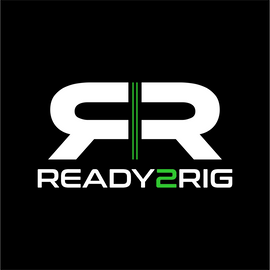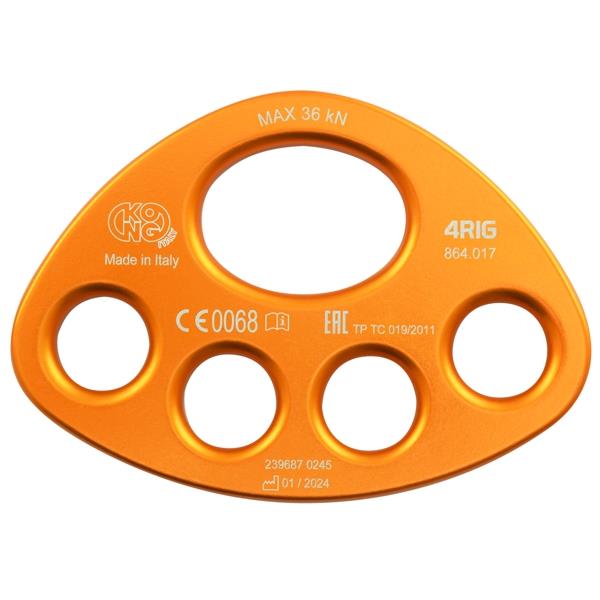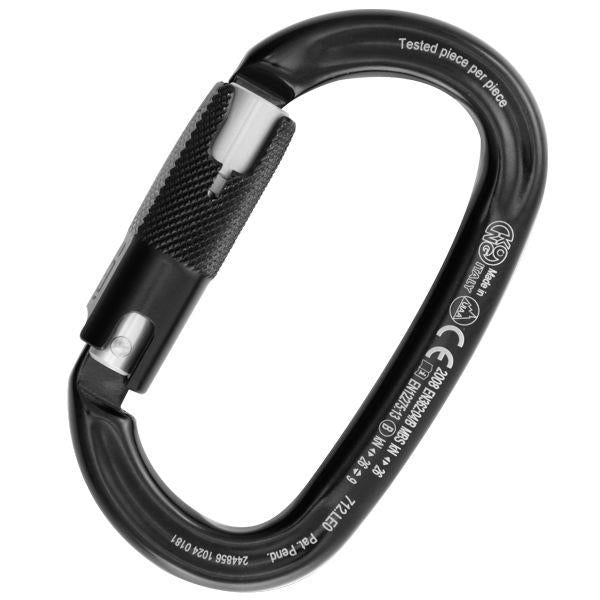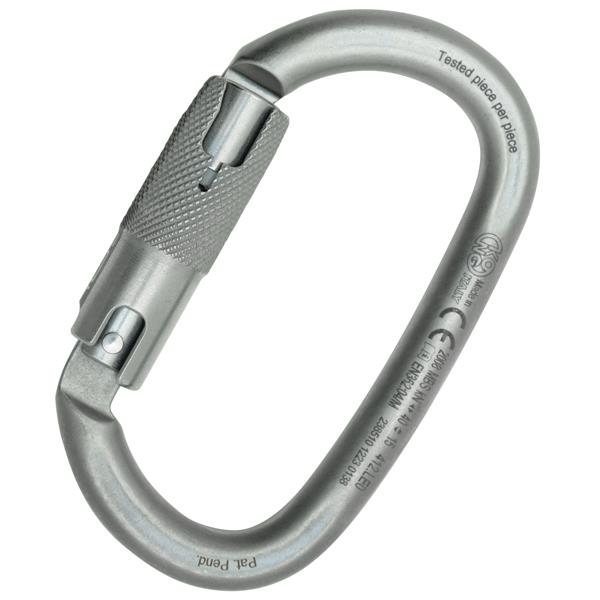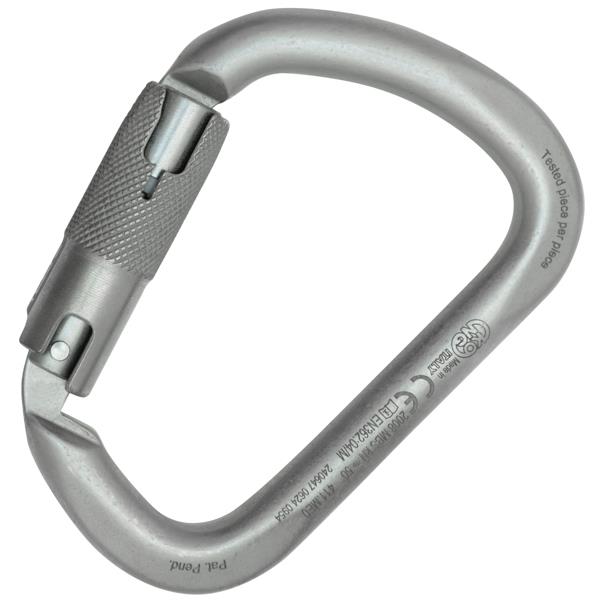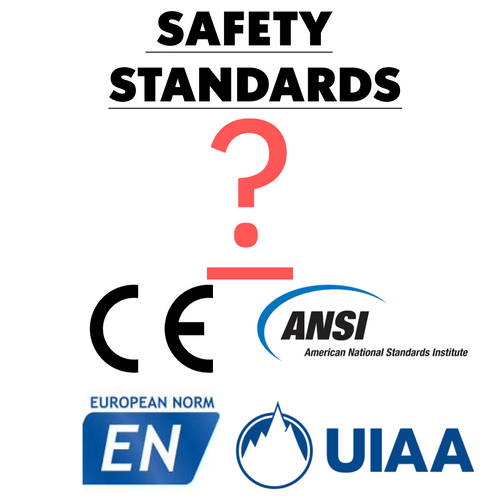Cart
0
Differences and Similarities Between EN 358, EN 361, EN 813, ANSI Z359.11, and UIAA Ratings
1. Overview of Standards
- EN 358: Focuses on positioning and restraint belts for work at height. This standard ensures that equipment provides safe support for workers in specific positions, such as when working hands-free.
- EN 361: Specifies requirements for full-body harnesses used for fall arrest. It ensures the harness can distribute the forces of a fall safely across the body.
- EN 813: Covers sit harnesses primarily used for rope access, positioning, or personal suspension. It includes requirements for comfort and load distribution.
- ANSI Z359.11: A U.S.-based standard for full-body harnesses, detailing requirements for fall protection. It emphasizes durability, impact resistance, and labeling for compliance.
- UIAA (International Climbing and Mountaineering Federation): Focuses on climbing equipment used for recreational and professional purposes. Its ratings often overlap with EN standards but emphasize climbing-specific performance, such as lightweight design and dynamic loading capabilities.
Key Similarities
-
Safety Focus:
- All these standards aim to reduce risks of injury during falls, work at height, or climbing activities.
-
Testing Requirements:
- All require rigorous testing for breaking strength, fall arrest forces, and wear resistance.
-
User Information:
- Products under these standards must include detailed user instructions and warnings.
-
Global Reach:
- EN standards are widely recognized in Europe, ANSI in the U.S., and UIAA globally, especially in climbing communities.
Key Differences
| Feature | EN 358 | EN 361 | EN 813 | ANSI Z359.11 | UIAA |
|---|---|---|---|---|---|
| Scope | Positioning/restraint belts | Fall arrest harnesses | Sit harnesses | Fall protection harnesses | Climbing gear |
| Primary Use | Work positioning | Fall arrest | Rope access | General fall protection | Climbing and mountaineering |
| Region | Europe | Europe | Europe | U.S. | Global |
| Dynamic Testing | No | Yes | Yes | Yes | Yes |
| Weight Limit Testing | Standard weight (100kg) | Standard weight | Standard weight | Higher weights (140kg) | Varies |
| Design Focus | Restraint system only | Full body | Comfort and flexibility | Robustness and versatility | Lightweight and dynamic |
Common Myths
-
"A Harness Meeting One Standard Meets All Standards":
- Myth: A harness certified to EN standards will automatically meet ANSI or UIAA standards.
- Truth: Standards have different requirements. For example, ANSI Z359.11 often tests for higher weight limits than EN 361, and UIAA standards focus on dynamic loading unique to climbing scenarios.
-
"UIAA Ratings Are Only for Climbers":
- Myth: UIAA ratings are irrelevant for work-related applications.
- Truth: While UIAA primarily targets climbing gear, its rigorous standards make it valuable for professionals using gear in challenging environments.
-
"Higher Standards Mean Better Gear":
- Myth: A product meeting ANSI standards is automatically superior to one certified under EN or UIAA.
- Truth: "Better" depends on the intended use. A harness designed for fall arrest under ANSI might not be ideal for rope access work under EN 813.
-
"All Harnesses Are Compatible with All Anchor Points or Systems":
- Myth: If a harness meets a safety standard, it will work with any system.
- Truth: Compatibility depends on the system design and intended use, not just certification.
-
"Certification Means Lifetime Safety":
- Myth: Once certified, the gear remains safe indefinitely.
- Truth: Regular inspections, proper use, and adherence to expiration guidelines are critical.
Final Notes
When selecting gear, prioritize the standard most relevant to your activity and region. A clear understanding of the differences between these standards can help ensure both safety and compliance in your specific field.

